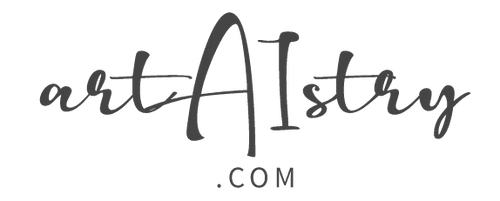Introduction
Minimalist art is often seen as simple, boring, or even easy to make. But in reality, minimalism is a complex and nuanced artistic style that can be difficult to master. In this comprehensive guide, we'll explore what makes minimalist art unique, how to create it, and some of the best minimalist artists of our time.
What is Minimalist Art?
Minimalist art is a type of art that is characterized by its simplicity. Minimalist artists strive to use the fewest possible elements to create their work. This can be achieved through the use of basic shapes, colors, and lines. Minimalist art is often seen as being cold or impersonal, but it can also be seen as peaceful and calming.
The History of Minimalist Art
Minimalist art emerged in the early 20th century as a reaction to the complex and busy art styles that came before it. The first minimalist artists were painting simple abstractions of basic shapes and colors. These artists were influenced by the Bauhaus movement, which emphasized simplicity and function in art and design. As minimalism developed, artists began to experiment with different mediums and materials. Some artists began creating sculptures out of industrial materials like steel and concrete. Others began making installations and performance art. By the mid-20th century, minimalism had become a major force in the art world.
How to Create Minimalist Art
There are no hard and fast rules for creating minimalist art. But there are a few things that all minimalist artists have in common.
Use Simple Elements
The most important element of minimalist art is simplicity. Minimalist artists use the fewest possible elements to create their work. This might mean using basic shapes, colors, and lines. Or it might mean using a single material or medium. The key is to strip away anything that is unnecessary.
Create a Sense of Space
Minimalist artists often create a sense of space in their work. They might use negative space, or the space around and between the elements of their work, to create a sense of emptiness. They might also use light and shadow to create the illusion of depth.
Focus on Form
Since minimalist artists use so few elements, each element is very important. They often focus on the form of their work, or the shape and structure of the piece. This can create a sense of harmony and balance.
Some of the Best Minimalist Artists of Our Time
There are many great minimalist artists working today. Here are just a few of them.
Yves Klein
Yves Klein was a French artist who is best known for his work with the color blue. Klein developed his own shade of blue, which he called International Klein Blue, or IKB. Klein used IKB to create a series of monochromatic paintings. He also used IKB in his performance art, in which he would cover naked women in paint and then have them roll around on canvas.
Agnes Martin
Agnes Martin was a Canadian-American artist who is best known for her abstract paintings. Martin's paintings are often composed of simple geometric shapes, like lines, squares, and circles. They are also often very muted in color. Martin's work is often seen as peaceful and meditative.
Donald Judd
Donald Judd was an American artist who is best known for his work in sculpture and installation art. Judd often used industrial materials, like steel and concrete, to create his work. He was also interested in creating art that interacted with its environment. Judd's work is often seen as being cold and impersonal.




Comments (0)
There are no comments for this article. Be the first one to leave a message!